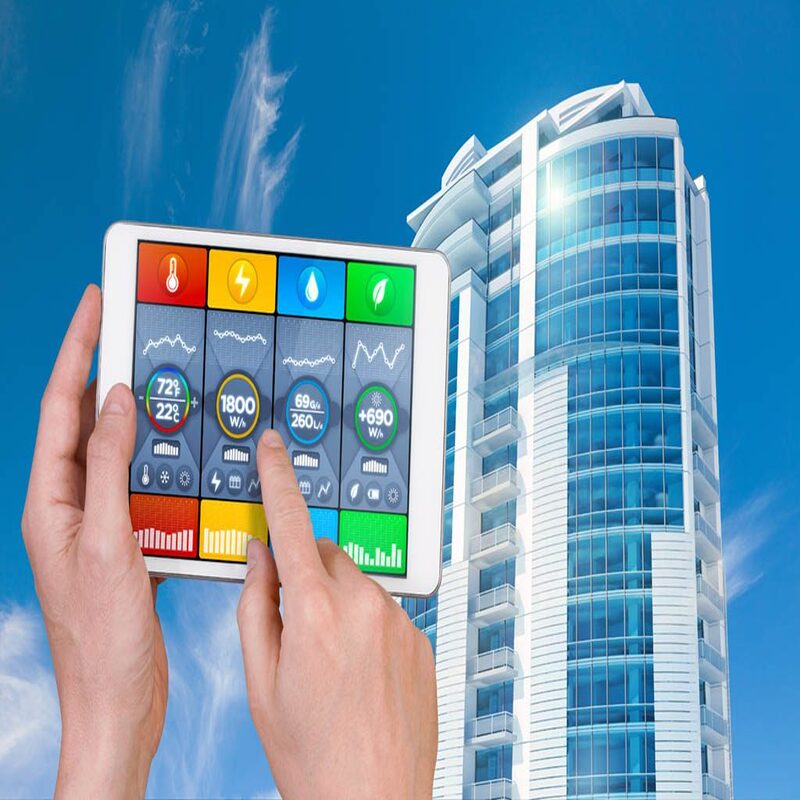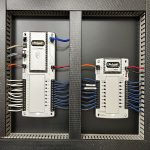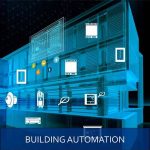Introduction
Building automation software is revolutionizing the way facilities are managed. This technology integrates various building systems, such as lighting, HVAC, and security, into a single platform. This integration results in improved efficiency, comfort, and safety. As cities grow and the need for sustainable practices becomes more urgent, building automation plays a vital role. Understanding its benefits, challenges, and future prospects is crucial for stakeholders across various sectors.
What is Building Automation Software?
Building automation software enables centralized control and monitoring of various building systems. This software uses a network of interconnected devices and sensors. These components collect and analyze data in real-time. As a result, facility managers can make informed decisions quickly. The implementation of automation systems also helps in reducing energy consumption. Consequently, operational costs are lowered. Moreover, building automation software enhances the comfort and safety of occupants. Understanding the key components and functionalities of this technology is essential for making the most of its benefits.
Key Components of Building Automation Software
Building automation software comprises several key components. First, sensors are deployed throughout the building. These sensors collect data on various parameters, such as temperature, humidity, and occupancy. Next, controllers process this information and make adjustments as needed. For example, they can alter HVAC settings to maintain optimal temperature and humidity levels. Additionally, actuators carry out commands from the controllers, such as opening or closing valves. Finally, the user interface allows facility managers to monitor and control the building systems. Integrating these components ensures efficient building operations.
Core Functionalities of Building Automation Software
The core functionalities of building automation software include monitoring, control, and analytics. Monitoring involves real-time data collection from sensors, which helps in identifying potential issues early. Control functions enable adjustments to various systems, ensuring optimal performance. For instance, lighting can be dimmed automatically when rooms are unoccupied. Analytics, meanwhile, involves the analysis of collected data to identify trends and optimize operations. This functionality can lead to further energy savings and improved comfort. Mastering these functionalities is crucial for harnessing the full potential of building automation technology.
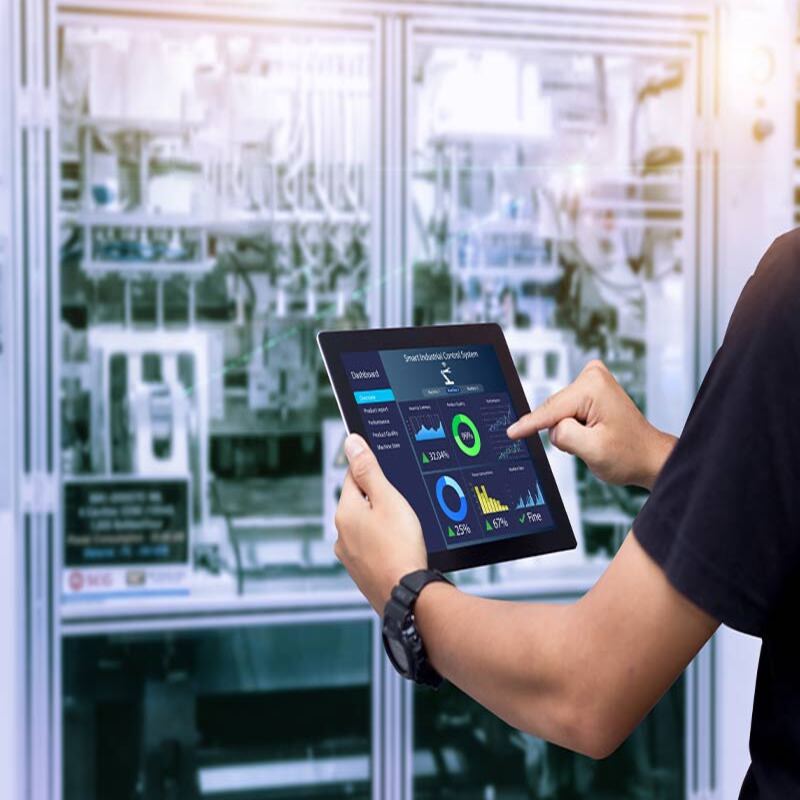
Benefits of Building Automation Software
Building automation software offers numerous advantages. One of the primary benefits is energy efficiency. Automated systems can adjust heating, cooling, and lighting based on occupancy and usage patterns. This optimization leads to significant energy savings. In addition to reduced energy consumption, automated buildings also experience lower operational costs. Another important benefit is enhanced comfort for occupants. Automated systems maintain optimal indoor conditions, ensuring a comfortable environment. The technology also improves building safety and security by integrating alarm systems and access controls. These benefits make building automation software an attractive investment for facility managers.
Energy Efficiency and Cost Savings
Energy efficiency is one of the most significant benefits of building automation software. Automated systems adjust heating, cooling, and lighting based on real-time data. For instance, the system can turn off lights in unoccupied rooms. Similarly, the HVAC system can adjust temperatures based on occupancy patterns. These adjustments result in substantial energy savings. Consequently, operational costs are reduced. Over time, the savings can offset the initial investment in automation technology. Furthermore, reduced energy consumption also lowers a building’s carbon footprint. This makes building automation a sustainable choice for facilities.
Enhanced Comfort and Safety
Building automation software also enhances the comfort and safety of occupants. Automated systems maintain optimal indoor conditions, adjusting heating and cooling as needed. This ensures a comfortable environment for occupants. Moreover, automated lighting creates a pleasant ambiance. Building automation systems also enhance safety and security. Integrating security systems, such as alarms and access controls, ensures swift response to potential threats. Additionally, automated fire detection and suppression systems improve fire safety. These features collectively contribute to a secure and comfortable living or working environment.
Challenges in Implementing Building Automation Software
Despite its benefits, implementing building automation software comes with challenges. One major challenge is the initial cost of installation. Advanced systems require a significant investment. Additionally, integrating automation systems into existing buildings can be complex. Another challenge is the need for specialized knowledge. Facility managers must understand how to operate and maintain the systems. Furthermore, data security is a concern. With numerous connected devices, the risk of cyber-attacks increases. Overcoming these challenges is necessary for successful implementation of building automation software.
Initial Costs and Installation Complexity
The initial cost of building automation systems can be high. Advanced systems require significant investment in hardware and software. This can be a barrier for some facilities, especially older buildings. Upgrading existing structures to include automation technology can be complex and costly. Retrofitting may involve extensive rewiring and installation of new devices. Moreover, the integration of new systems with existing infrastructure can be challenging. However, considering the long-term benefits, the initial investment can be justified. Careful planning and phased implementation can help manage costs and complexity.
Specialized Knowledge and Data Security
Implementing building automation software requires specialized knowledge. Facility managers must understand how to operate and maintain the systems. This may necessitate additional training and hiring specialized staff. Additionally, data security is a significant concern. With numerous connected devices, the risk of cyber-attacks increases. Unauthorized access to the automation network can compromise building operations and occupant safety. Implementing robust security measures is crucial to protect against cyber threats. Continuous monitoring and regular updates can help maintain security. Addressing these challenges is essential for successful implementation of building automation software.
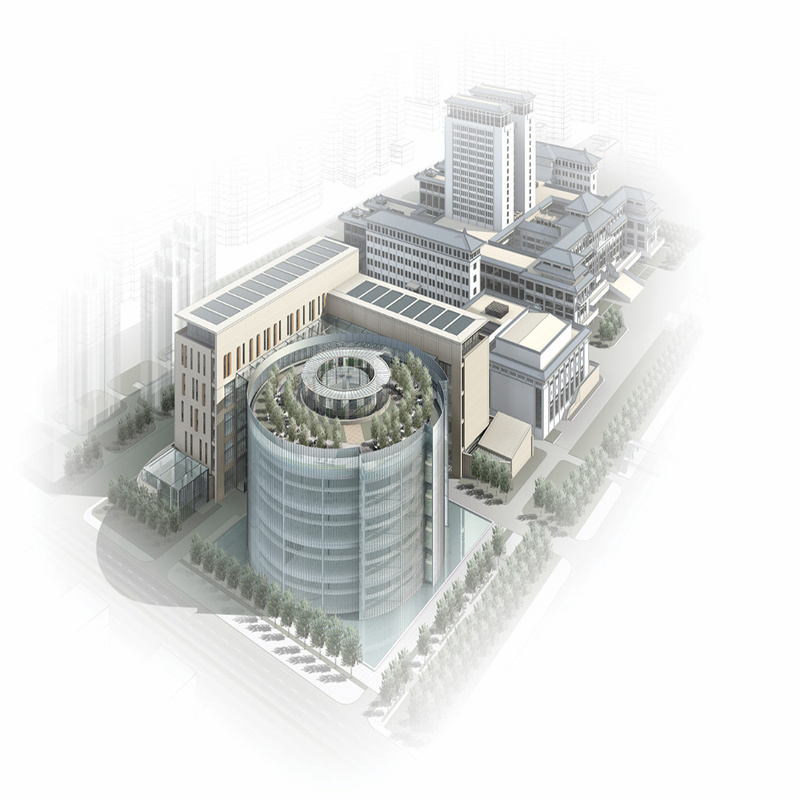
The Future of Building Automation Software
The future of building automation software looks promising. As technology advances, automation systems will become more intelligent and efficient. Emerging trends such as the Internet of Things (IoT) and artificial intelligence (AI) are shaping the future of building automation. These technologies enable more precise control and advanced analytics. Additionally, integrating renewable energy sources with automation systems will enhance sustainability. As the demand for smart buildings grows, the adoption of building automation software will likely increase. Understanding emerging trends is crucial for staying ahead in this evolving field.
Integration with IoT and AI
The integration of building automation with the Internet of Things (IoT) and artificial intelligence (AI) is transforming the industry. IoT devices enable real-time data collection and communication between various building systems. This connectivity allows for more precise control and monitoring. AI, on the other hand, enhances the decision-making process. AI algorithms analyze data to identify patterns and predict future needs. For instance, AI can anticipate occupancy patterns and adjust systems accordingly. This results in improved energy efficiency and occupant comfort. The combination of IoT and AI is paving the way for smarter buildings.
Renewable Energy and Sustainability
Integrating renewable energy sources with building automation systems enhances sustainability. Automated systems can manage energy usage more effectively. For instance, building automation can optimize the use of solar panels by aligning energy consumption with peak production times. Additionally, automation systems can store excess energy in batteries for later use. This reduces reliance on non-renewable energy sources. Furthermore, tracking energy consumption can help identify areas for improvement. This leads to further energy savings and reduced carbon footprint. Embracing renewable energy in building automation is essential for a sustainable future.

Conclusion
Building automation software is transforming the management of facilities. By integrating various building systems, this technology enhances efficiency, comfort, and safety. Despite challenges such as initial costs and the need for specialized knowledge, the benefits far outweigh the drawbacks. Energy efficiency, cost savings, enhanced comfort, and improved safety make building automation an attractive investment. Looking ahead, advancements in IoT, AI, and renewable energy integration will drive the future of building automation. Staying informed about emerging trends is crucial for leveraging the full potential of this technology. Building automation is not just the future; it is a necessity for sustainable and efficient building management.
